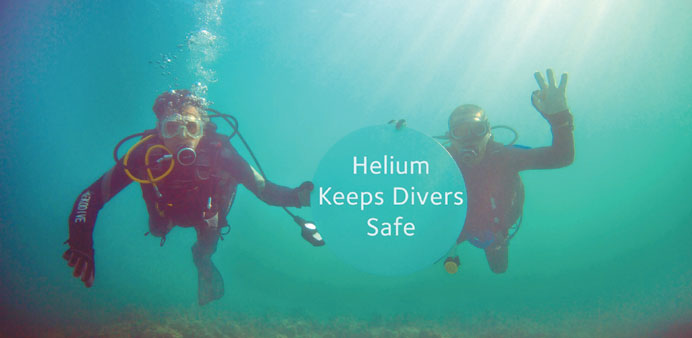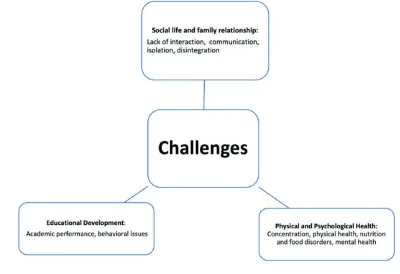RasGas divers demonstrating underwater one of the numerous ways in which helium is used. RasGas is set to formally inaugurate the Helium 2 plant on December 11.
As preparations to inaugurate the world’s largest helium facility, Helium 2, are underway, ten divers from RasGas went underwater to demonstrate one of the numerous ways in which helium is used.
Divers going to depths of 30m and beyond add helium to their underwater breathing tanks – typically consisting of oxygen and nitrogen - to keep them safe. As divers go deeper, they experience elevated pressures many times the normal atmospheric pressure which increases the solubility of gases in body tissues.
The increased pressure can cause nitrogen gas to enter the blood stream becoming toxic to the divers and creating impaired vision, nausea and confusion. Helium is much less soluble in water than many other inert gases and does not enter the blood stream. It is therefore added to dilute the concentration of nitrogen, lessening these harmful impacts. In addition to its non-toxic properties, helium does not cause corrosion to the equipment, making it the perfect gas for divers.
RasGas chief safety, health, environment and quality officer Brett Doherty said, “Promoting a safety culture at RasGas is a key driver for the company’s success. Going underwater to emphasise the health and safety benefits of helium was an enjoyable and educational way for us to share just one of the many benefits helium brings.”
RasGas currently operates two helium plants for the extraction, purification and liquefaction of helium from Qatar’s North Field. The facilities, Helium 1 and Helium 2, together meet 25% of world supply, making Qatar the world’s largest exporter of liquid helium.
The Helium 2 facility was completed without a lost time incident, despite more than 5mn man hours spent on the project.



